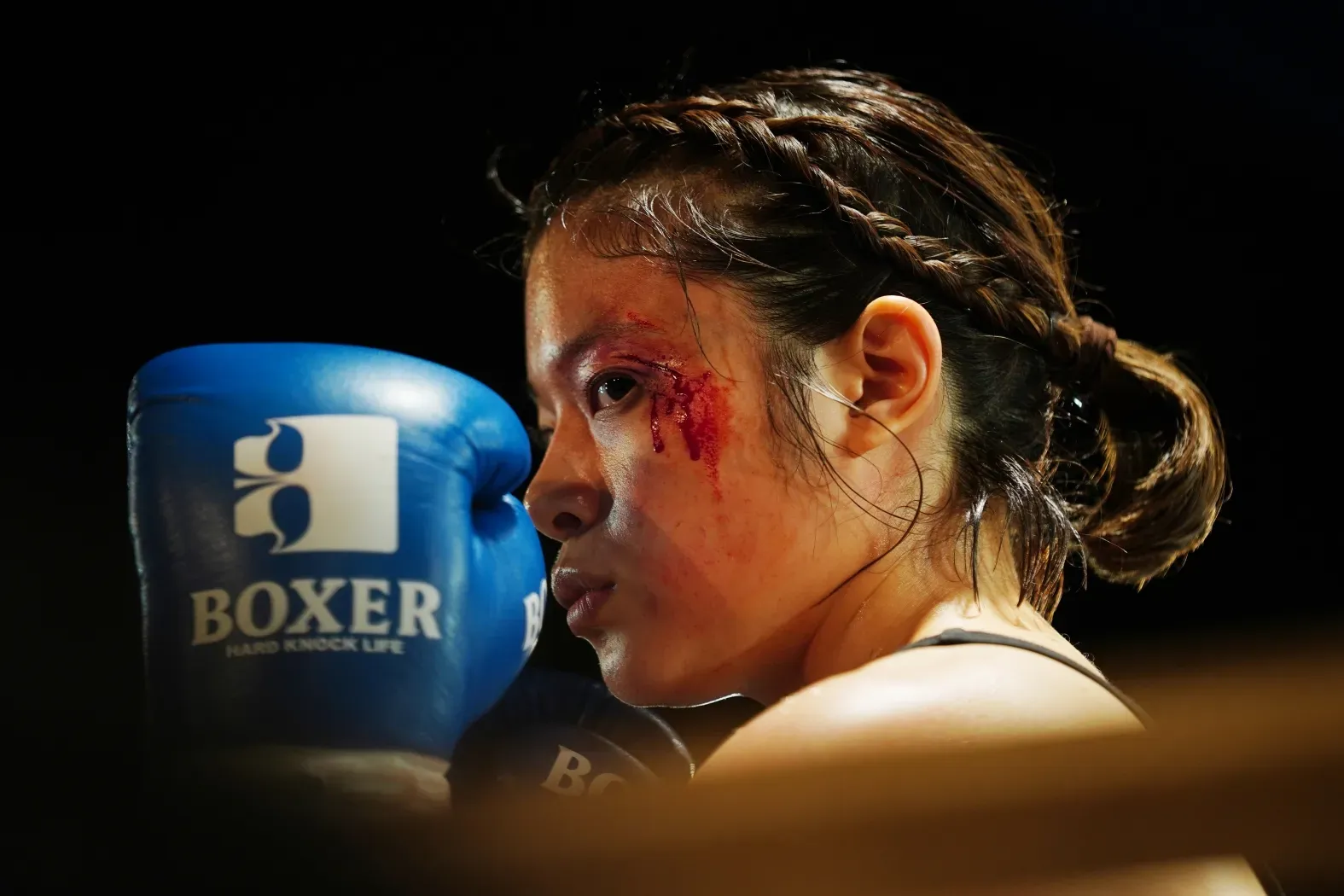Which was the best Japanese movie last year? Recently, Japan’s ‘Kinema Junpo’ magazine, which has been in existence for 103 years, has announced its list of the top ten films of 2022.
Among them, the top ten foreign language films list was topped by Paul Thomas Anderson’s ‘Licorice Pizza’, while the best Japanese film title was won by director Sho Miyake’s transition film ‘Small, Slow but Steady’.
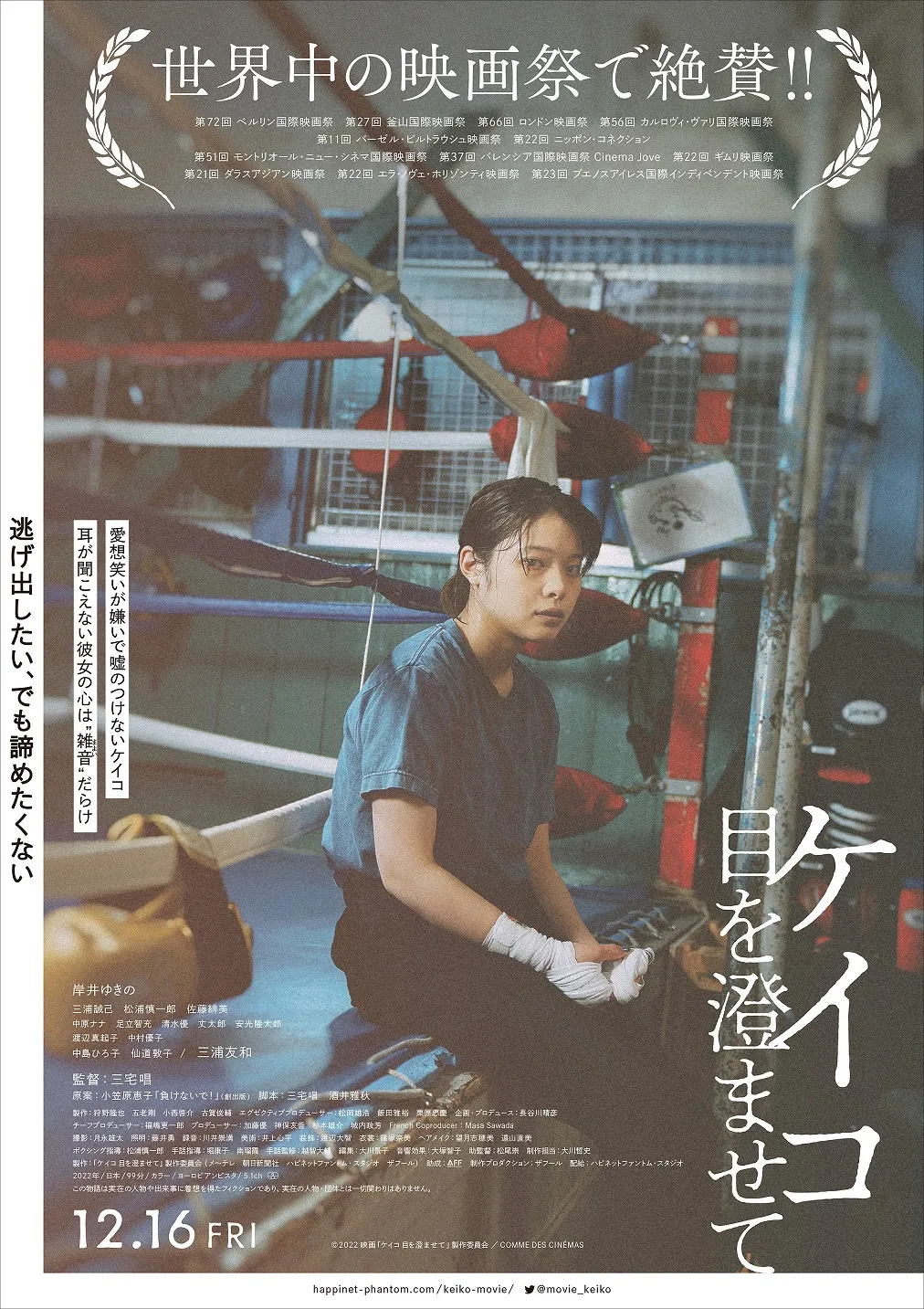
Earlier, the film was selected for the 2022 Berlin International Film Festival’s Strange Encounters section, and was the most popular film in the premiere section at the Pingyao Crouching Tiger Hidden Dragon International Film Festival in the same year.
In Japan, the film won many awards such as Best Film and Best Actress at the Film Lent Awards and the Mainichi Film Awards. Movie Walker and other Japanese networks have scored 3.8 and above (out of 5.0).
So, what is so good about this movie of only 99 minutes?
The film’s main cast, the highlights of which may only be two: director Sho Miyake, starring Tomokazu Miura. 1984 born Sho Miyake, in the Japanese director is considered a niche, before his well-known works, only the film ‘And Your Bird Can Sing’ and the horror drama ‘JU-ON: Origins’.
But his meticulous and carefree shooting style has attracted a regular fan base, and some even believe that Sho Miyake should replace Ryûsuke Hamaguchi (‘Drive My Car’) in the international arena.
Tomokazu Miura, who turned 71 this year, has long been a legend in the Japanese film and television industry for his handsome young face and his outstanding acting skills that span both film and drama.
In addition to these two, the 90-year-old actress Yukino Kishii, who plays Keiko, is likely to “soar” through this film and be crowned queen of the next major awards such as the Japan Film Academy Awards and the Blue Ribbon Awards.
Looking at the title of the film ‘Small, Slow but Steady’, it seems unclear, but after understanding the content of the film, you will find that the title can be excellent.
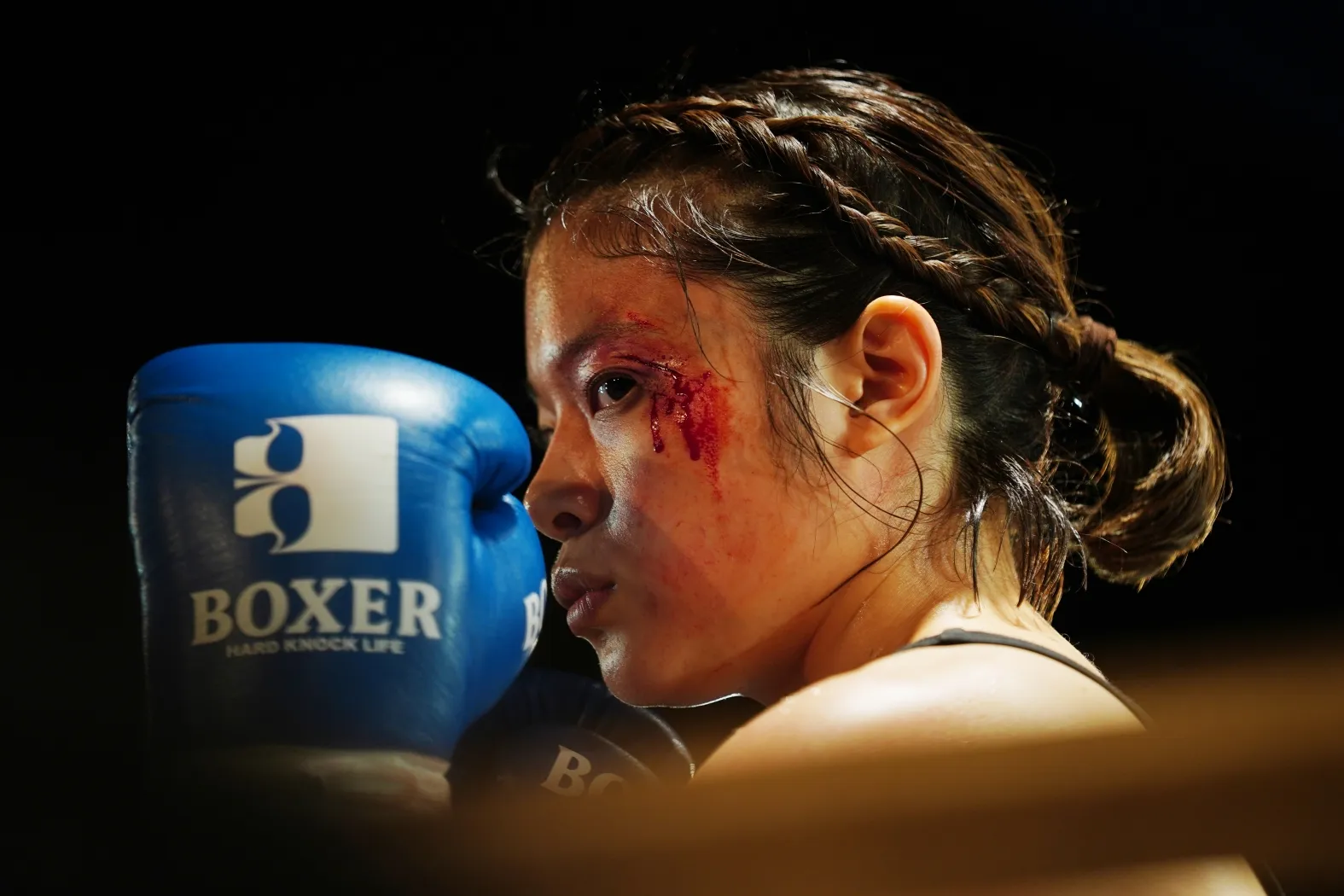
The film’s story is set between 2019 and 2021, just two or three years after the worst of the global epidemic. 2019, professional boxer Keiko knocks out his opponent to win his first fight.
The victory was a tough one. Because Keiko had lost hearing in both ears since birth, she could not hear the judges’ commands, the reading of the seconds, or the ring bell.
But her eyesight is outstanding, so she can only judge everything in the game by focusing on watching her opponents.
Off the track, Keiko returns to her ordinary life as a hotel housekeeper, with family and colleagues who are also at the bottom of the ladder, and a regular commute and walking route through the city, hanging out at convenience stores.
In 2021, Keiko suddenly loses her spiritual home when the gym faces closure due to the impact of the epidemic on the gym’s business and the growing severity of The Chairman’s (Tomokazu Miura) multiple illnesses.
In her sleep, she had another pro match. This time, she lost to her opponent.
Keiko, who was at a loss because of her defeat, met her opponent who defeated her at the roadside and thanked Keiko for letting her win the match.
At the same time, the work clothes she wears show that she is also an amateur boxing worker. It is a subtle and devastating “reversal”, Keiko looks at her as if she were another self, or more than one self.
When the opponent and himself overlap in the helplessness and shimmer of life, boxing win or lose is no longer important, the important thing is to use the fist to break the power of the gray and dreary life, so that the light of life from that breach through in.
So, at the end of the movie, Keiko ran again.
Small, Slow but Steady’ is not a film that can be easily appreciated. On the surface, the film’s plot is not surprising, the characters are ordinary, and the event presentation is also bland and tasteless.
However, the director’s weaving of emotions is fine and pliable, and the film’s internal dynamics are very chewy.
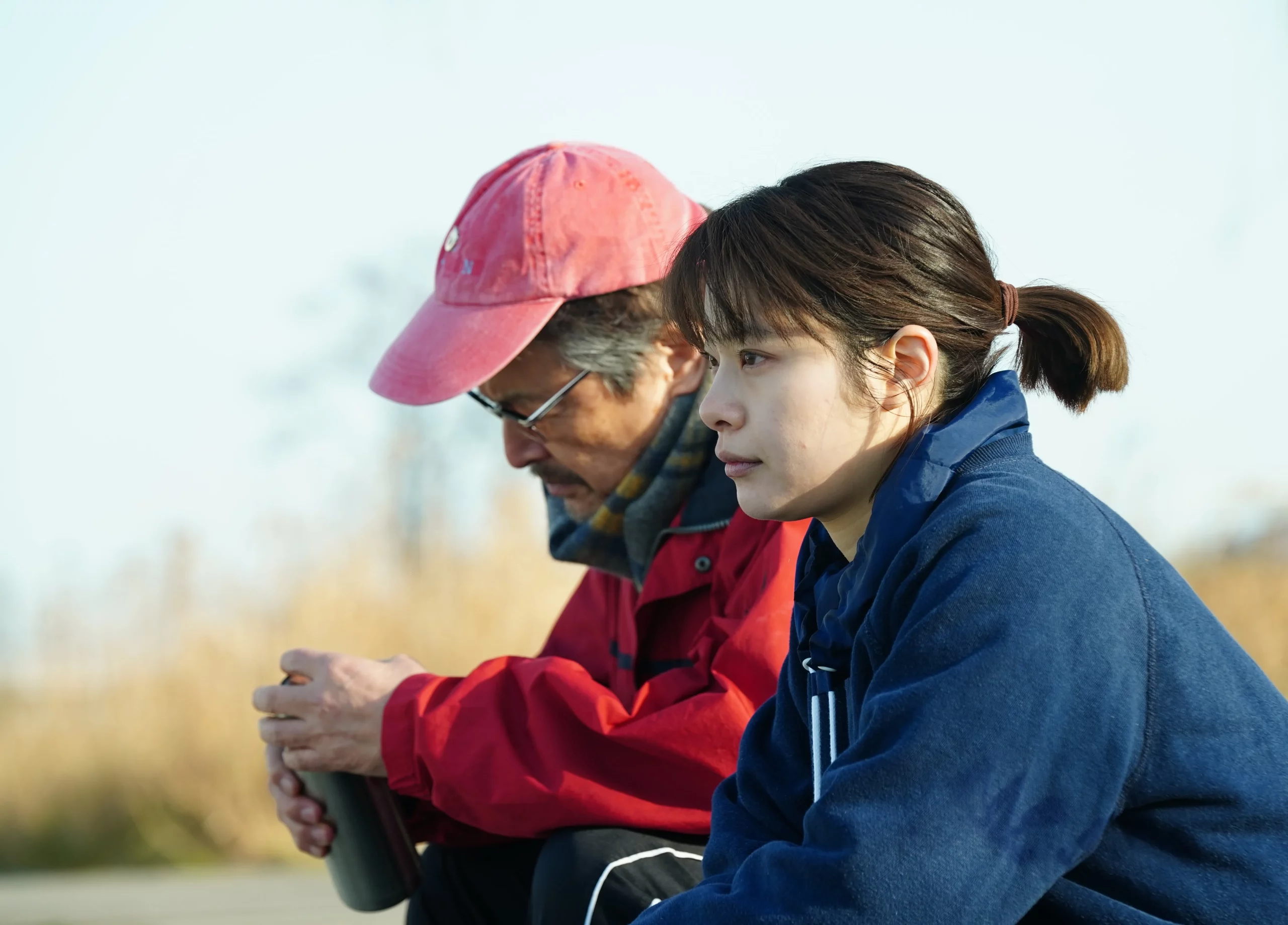
As a tribute to the 60th anniversary of Nagoya TV, the film is based on Keiko Ogasawara’s autobiography.
Keiko Kogasawara, born in 1979, is the first hearing-impaired woman to become a professional boxer in Japan. Her life has been full of ups and downs, and in middle school, her mother even told her – I will kill you and die with you.
She suffered from school bullying and entered a special school for dentistry. After graduation, she joined a medical device company and then gradually became a professional boxer.
Today, she runs a fighting school that is open exclusively to people with physical and mental disabilities.
Small, Slow but Steady’ shows in a lot of details how the heart of such a life is going. The director’s approach is unobtrusive, which requires the viewer to gaze at the scars and strengths beneath the film’s calm surface.
Keiko’s mother took photos of Keiko’s match, and after the match, Keiko went through the photos in her camera one by one, from Keiko warming up to her stalemate with her opponent, while the clarity gradually changed from clear to blurry.
This artistic treatment quickly outlines the race time, on the one hand presenting the increasing intensity of the race, so intense that the two players mingle into an abstract painting.
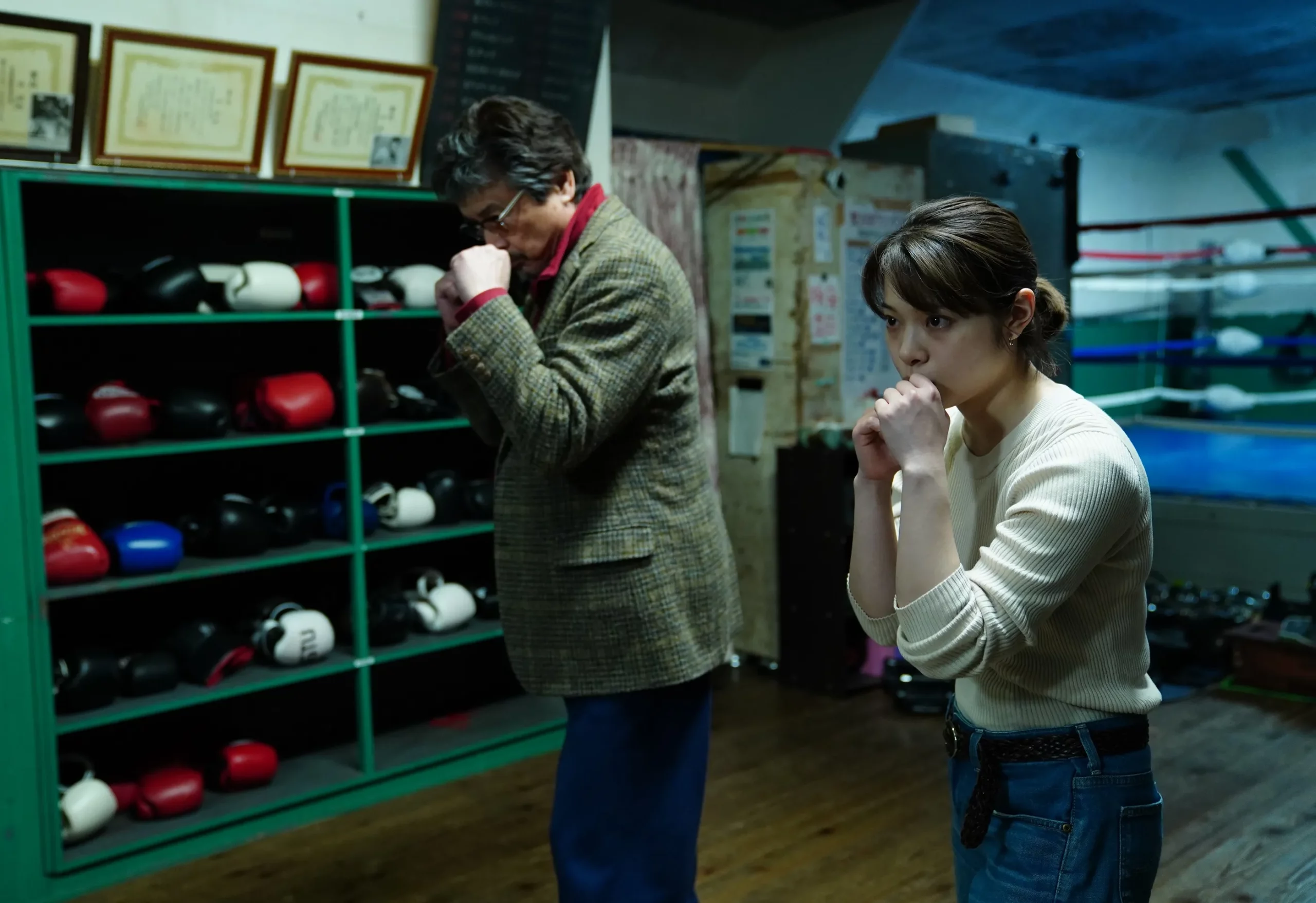
On the other hand, it conveys the gradual tightening of Keiko’s mother’s mood, causing the camera to tremble in her hands. This is the same as the mother-daughter relationship that is always throbbing in the story’s prototype and never feels like belonging.
In addition to his mother, in the film, The Chairman wears glasses and comes together in front of the TV screen to relive Keiko’s matches, which is not only consistent with the archetypal visually impaired The Chairman who led Keiko into the field of boxing, but also deepens the sympathetic friendship between Keiko and The Chairman.
Actor Yukino Kishii also showed a signature moment of acting in the scene where he saw The Chairman revisiting the game, with his eyes gradually reddening but without tears, fitting the stoic and lonely style of the whole film.
Secondly, the details of the era: when Keiko was taking inventory of bedclothes and utensils at the hotel, the words “infection rate” and “shared items” appeared on the wall, showing the infiltration of the epidemic into daily life, together with the crowd wearing masks and traffic control. The atmosphere of the post-epidemic era was created.
This atmosphere, which does not necessarily have a decisive impact on the archetypal story, is one of the main reasons for the closure of the boxing gym in the film.
The gym was founded in 1945 after the war and was one of the first gyms in Japan. Its closure is undoubtedly a symbol of the passage of time and adds a touch of depth to the film’s seemingly thin sense of age in the undercurrent.
Seeing this, one might also understand the power of the ‘Small, Slow but Steady’ image.
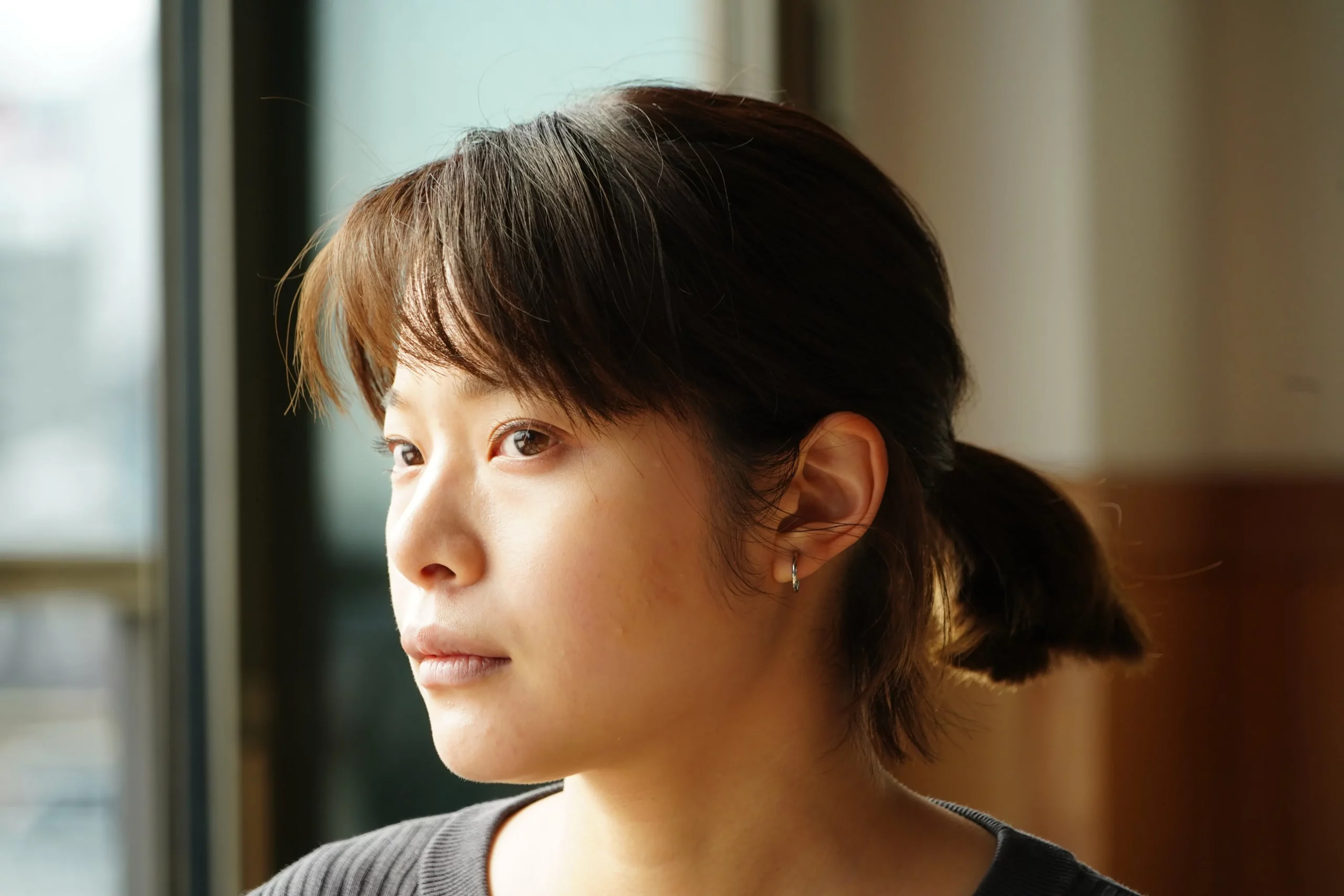
Small, Slow but Steady’ is a work of renovation with the old. It has two key words, physically and mentally challenged, and boxing. Looking at these two keywords separately, each is a popular trend in recent years in Japanese film and television productions.
However, it is rare to see these two themes merged together. Beyond the subject matter, the expression ‘Small, Slow but Steady’ is also different in terms of its deeper spirit.
Small, Slow but Steady’ presents a calm state of complete return to life, i.e.: not funereal and not combustible. It is similar to the temperament inside the 2022 Korean drama ‘My Liberation Diary’.
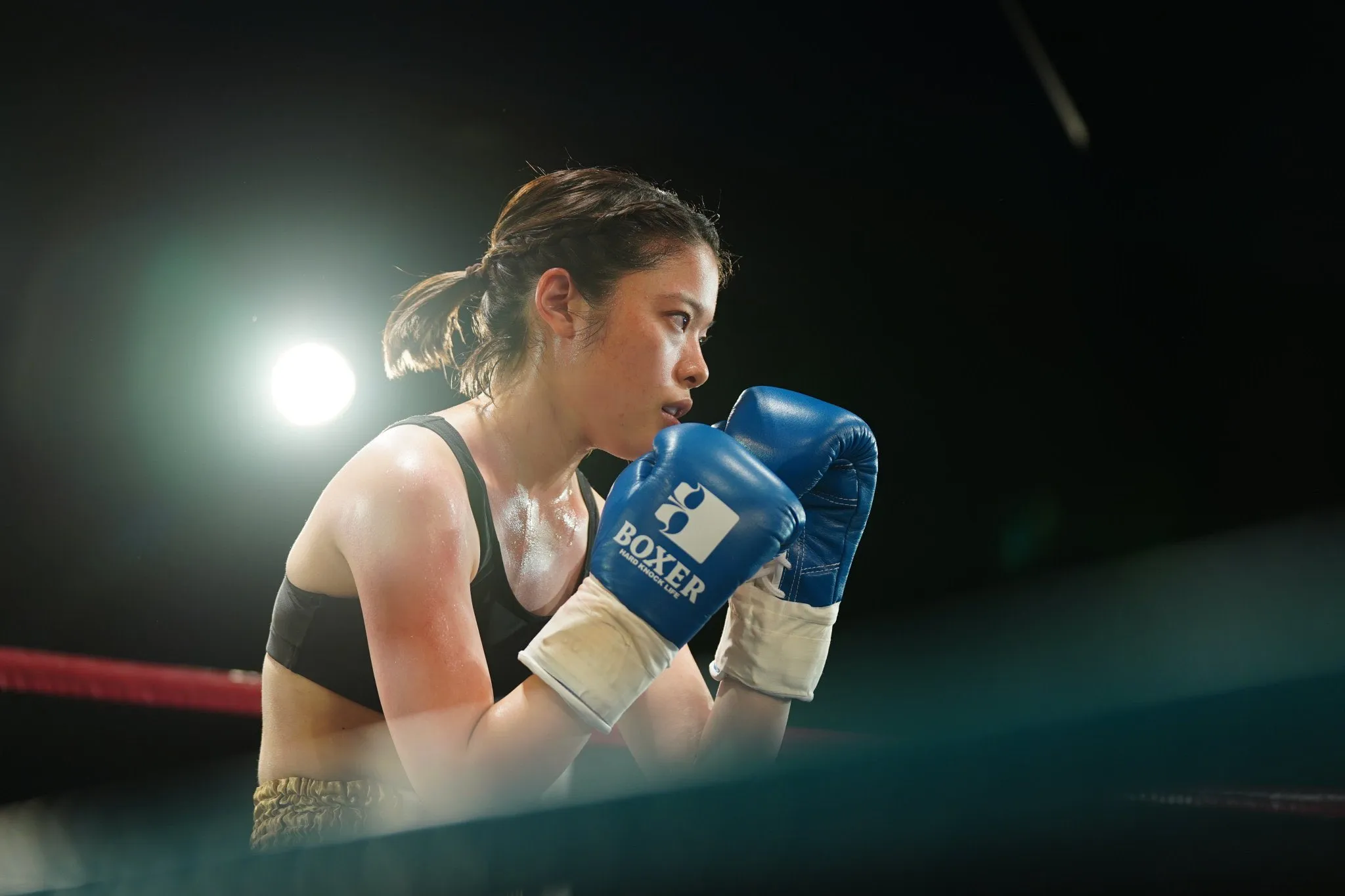
Japanese boxing films have been independent of the general atmosphere of the world of sports films, that is, not to fight back as the climax, but in the constant defeat in pursuit of “always want to win once ah” life, more in line with the state of life’s funeral combustion.
But ‘Small, Slow but Steady’ builds on this foundation and moves further closer to life itself. The film no longer renders the mood of wanting to win, but only presents the necessity of the competitive state itself for life. That is: people live, it is necessary to compete, no matter with whom and what, because the competition can bring strength, strong or weak, and this strength can let us continue to live.
It is also interesting to see Keiko’s personality. The Chairman and her coach begged around to find a new gym for Keiko because the gym was closing down, but Keiko didn’t appreciate it.
According to the general understanding, as a hearing-impaired person, Keiko should be grateful to enter the new gym, and such a “small problem” as the distance is far away, can’t we just overcome it?
However, is it natural for people with physical and mental disabilities to endure more hardships and be more grateful than normal people? Small, Slow but Steady’ is a thought-provoking answer.
That is, people with physical and mental disabilities are fully entitled to have the same choices and attitudes as ordinary people when it comes to social favors, favors, and help.
From this perspective, ‘Small, Slow but Steady’ is not a film that sells suffering or stirs up emotions. The objectivity with which it treats people with physical and mental disabilities, along with its consistently calm expression, makes the film a true tableau.
Keiko’s stare, Keiko’s stubbornness, all because, Keiko is living. Constantly, firmly, living. Just like the empty mirror of the city at the end of the film, which seems to never end, and those silhouetted pedestrians.
Related Post: South Korean actor Ah-in Yoo was exposed to the same drugs as Jung-woo Ha.
